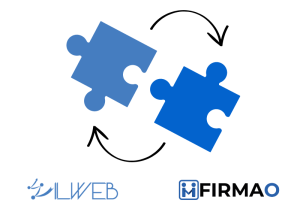
In manufacturing and production, planning and production scheduling are two essential components that work together to ensure efficient and effective operations. While the terms are sometimes used interchangeably, they are actually two distinct processes with different goals and outcomes. In this article, we’ll explore the difference between planning and production scheduling.
Planning
Planning is the process of developing a high-level strategy for manufacturing and production. This involves setting long-term goals, determining the resources needed to achieve those goals, and creating a timeline for achieving them. The main purpose of planning is to align production processes with business objectives, ensuring that resources are used efficiently and effectively.
Some key elements of planning include:
- Capacity Planning: Determining the amount of production that can be completed in a given timeframe based on available resources.
- Material Requirements Planning (MRP): Estimating the amount of raw materials needed to complete production orders based on sales forecasts and inventory levels.
- Production Planning and Control (PPC): Coordinating the various stages of production to ensure that products are completed on time and to the required specifications.
Overall, the goal of planning is to establish a high-level strategy that guides production operations and ensures that resources are used effectively.
Production Scheduling
Production scheduling, on the other hand, is the process of creating a detailed plan for how production will be carried out on a day-to-day basis. This involves taking the high-level plan established during the planning process and breaking it down into specific tasks and activities that need to be completed to meet production goals.
Some key elements of production scheduling include:
- Sequencing: Determining the order in which production tasks will be completed to maximize efficiency and minimize downtime.
- Lead Time: Estimating the amount of time it will take to complete each task and scheduling production accordingly.
- Resource Allocation: Determining the resources needed for each production task, including labor, materials, and equipment.
Overall, the goal of production scheduling is to create a detailed plan that ensures that production runs smoothly and efficiently on a day-to-day basis.
Conclusion
In conclusion, planning and production scheduling are two essential components of manufacturing and production. While planning establishes a high-level strategy for production, production scheduling creates a detailed plan for day-to-day operations. By understanding the difference between planning and production scheduling, businesses can ensure that they have a comprehensive approach to manufacturing that supports their goals and objectives.




